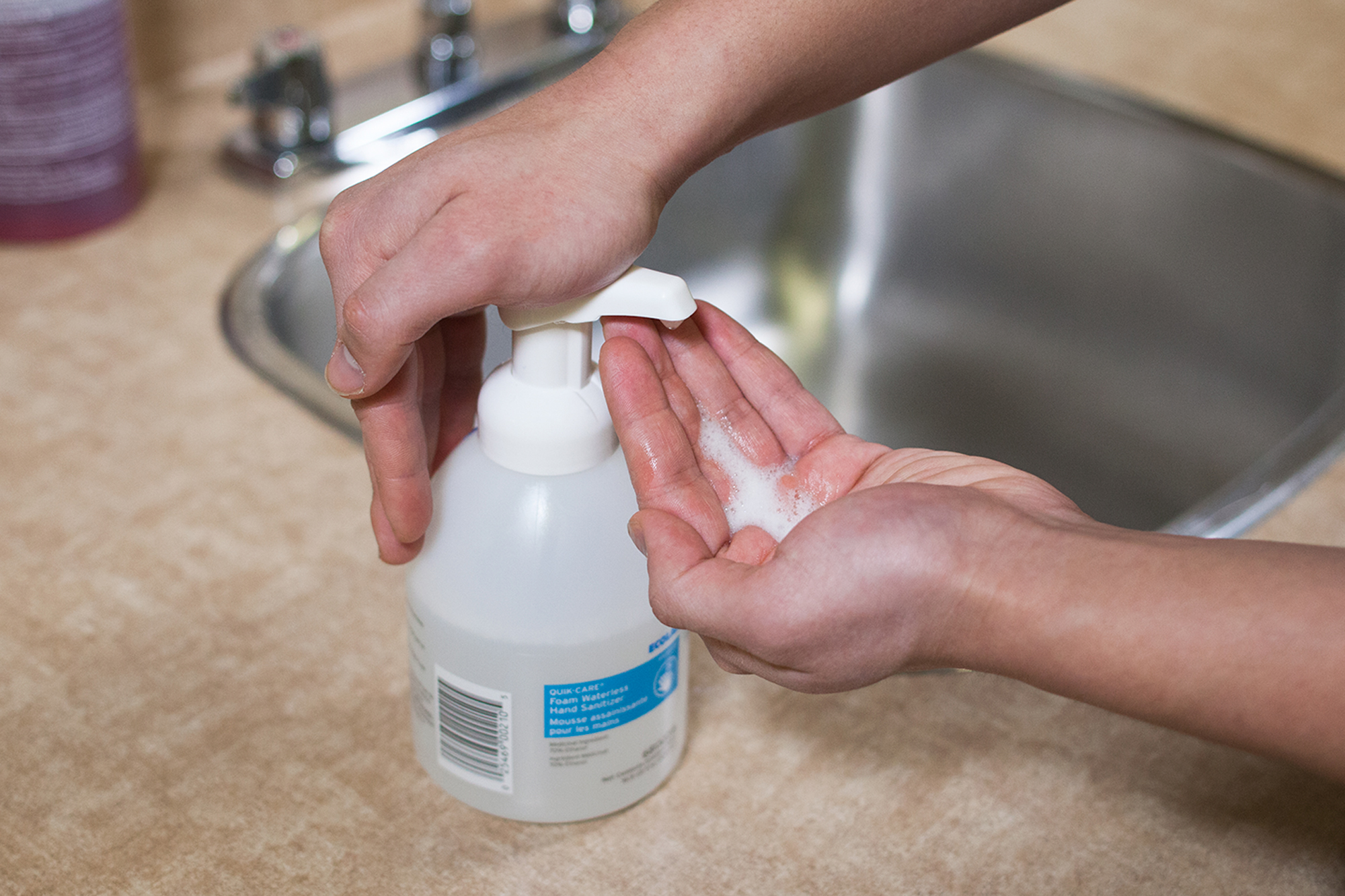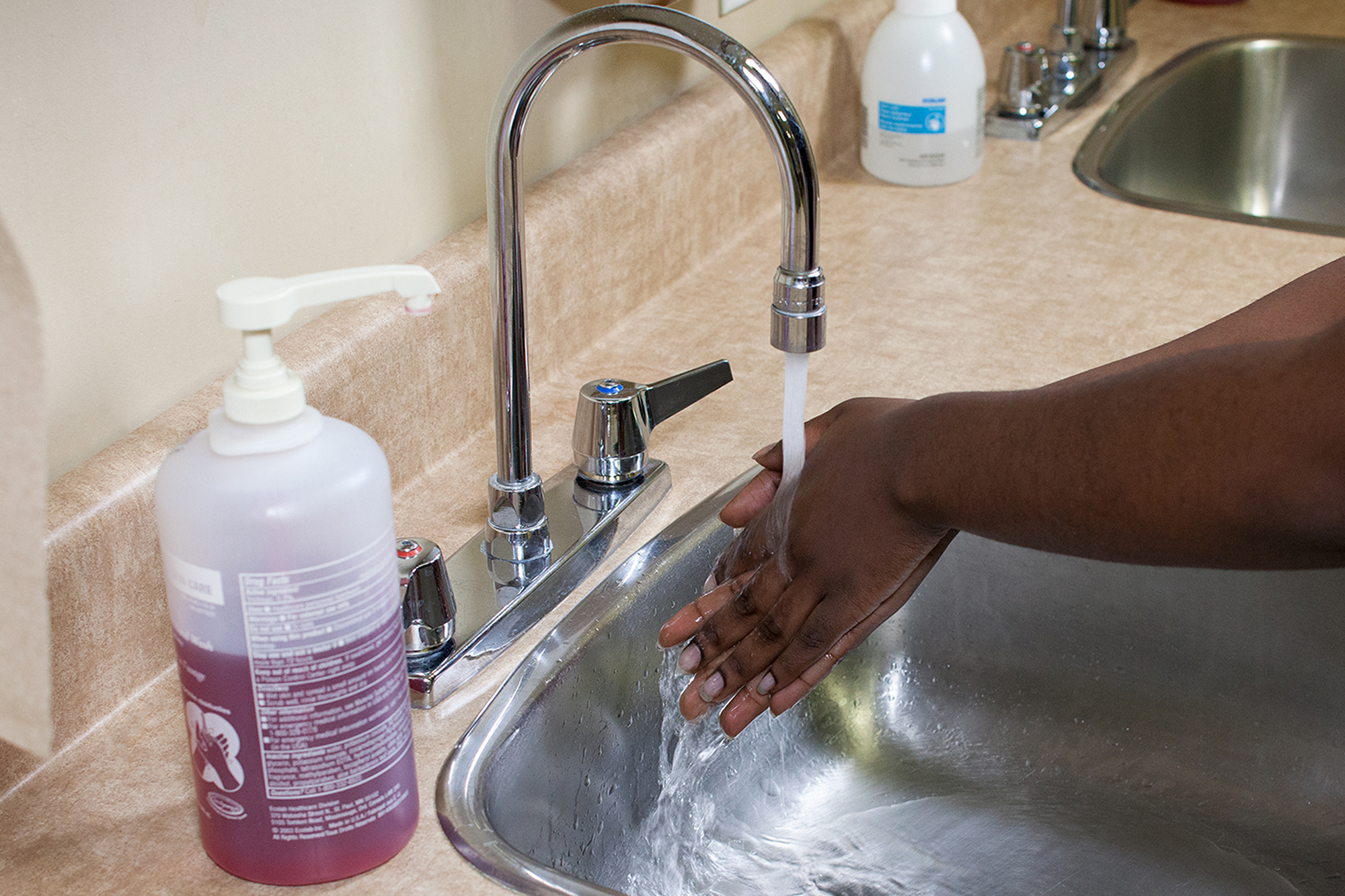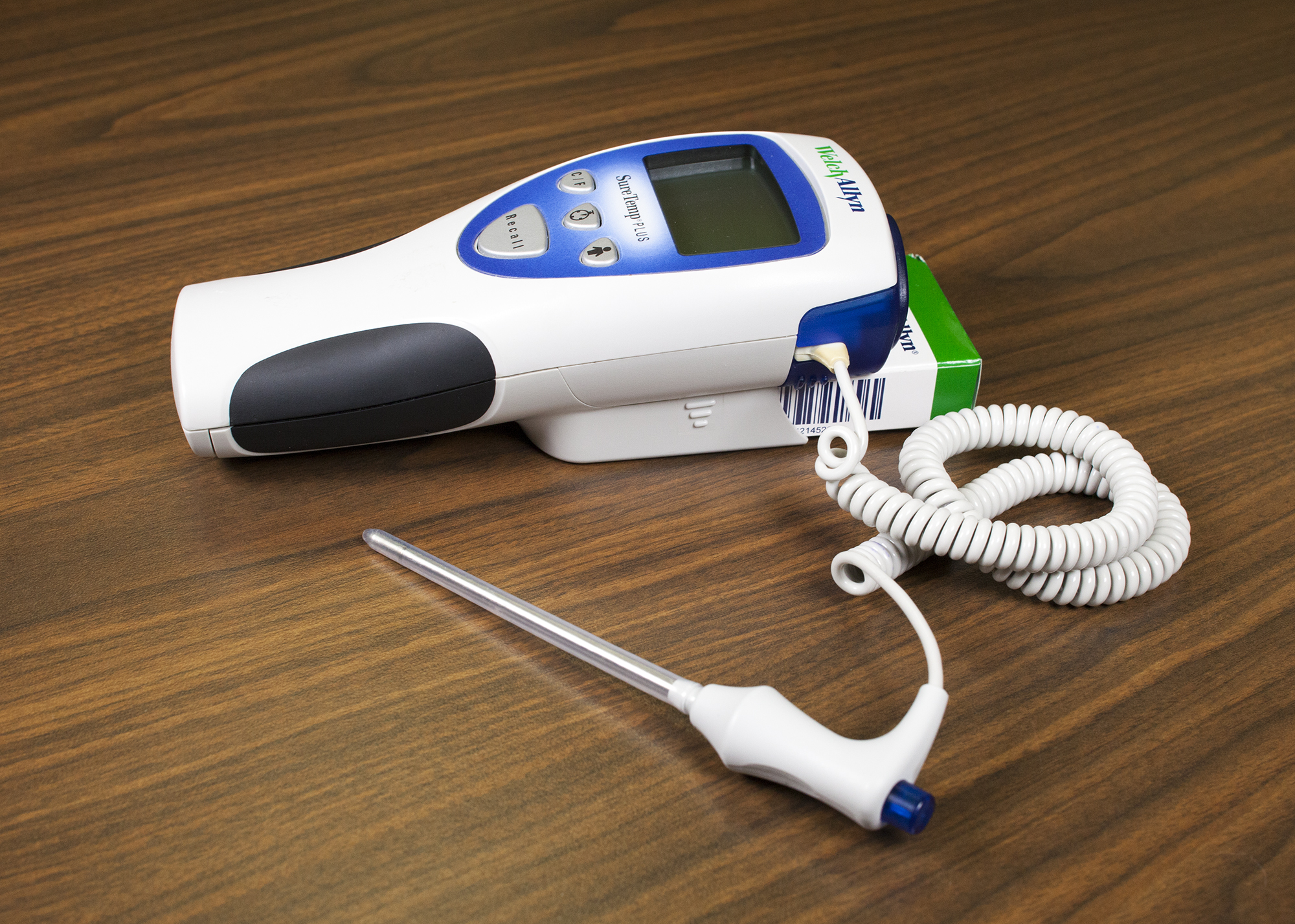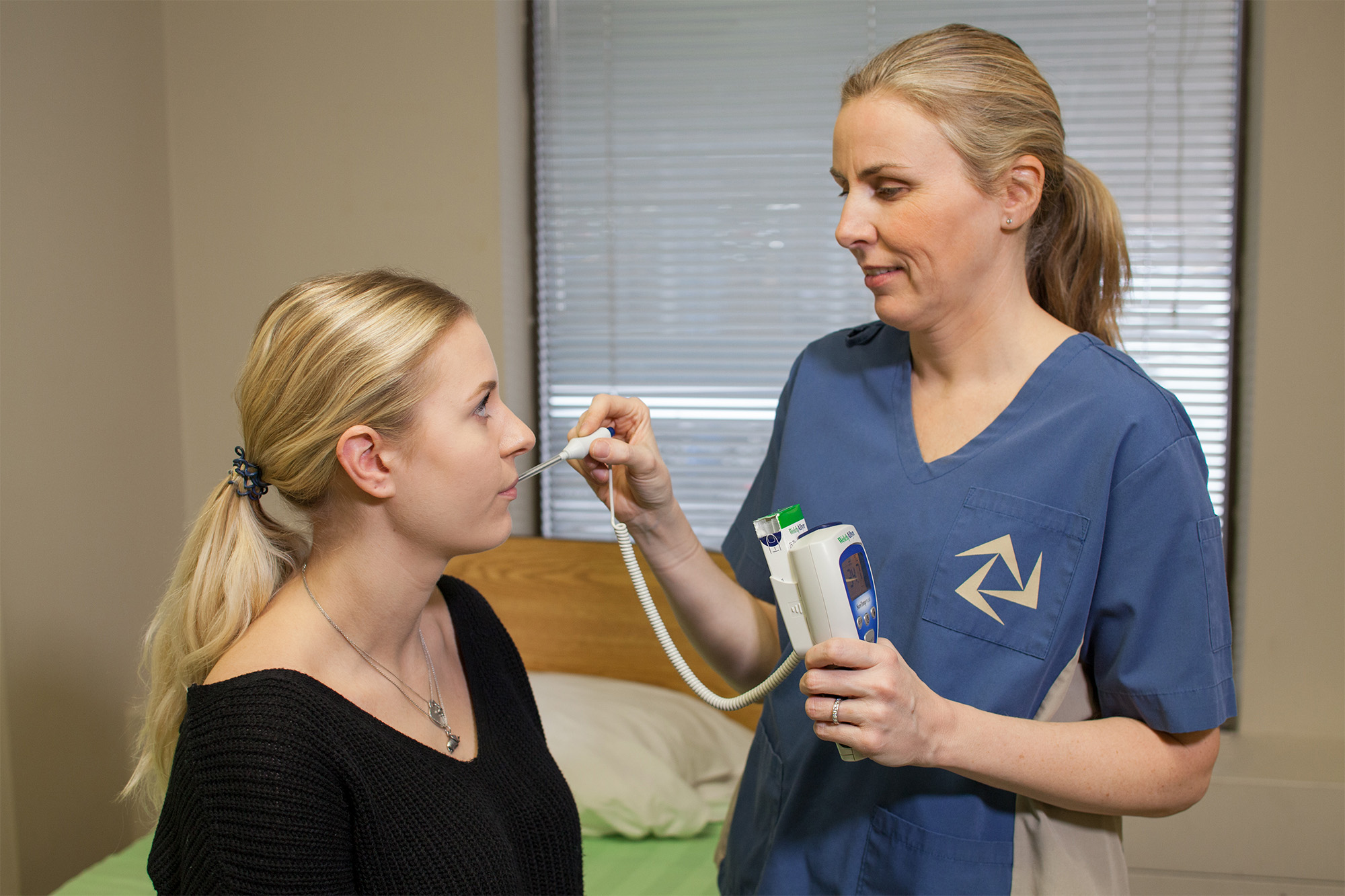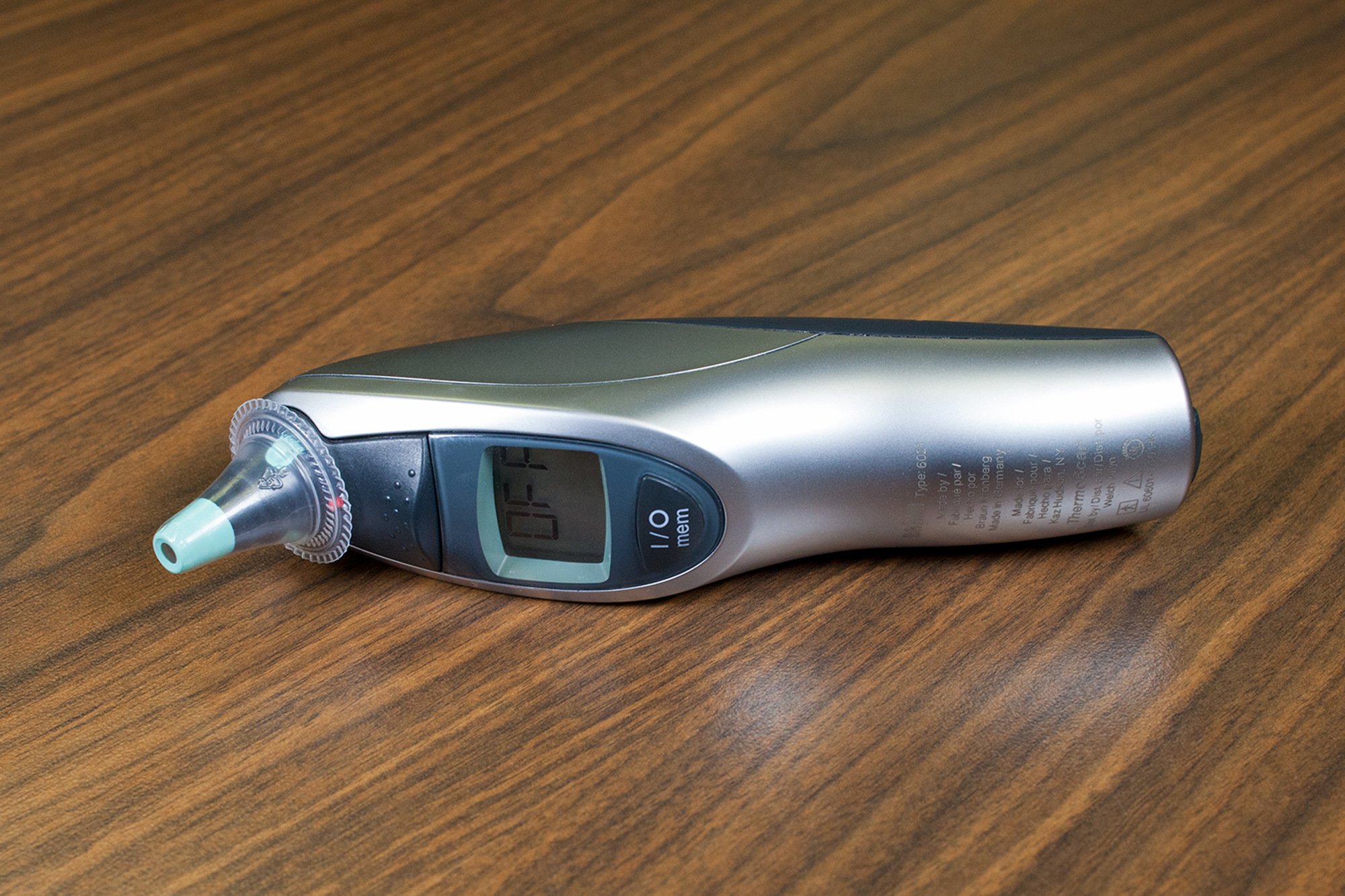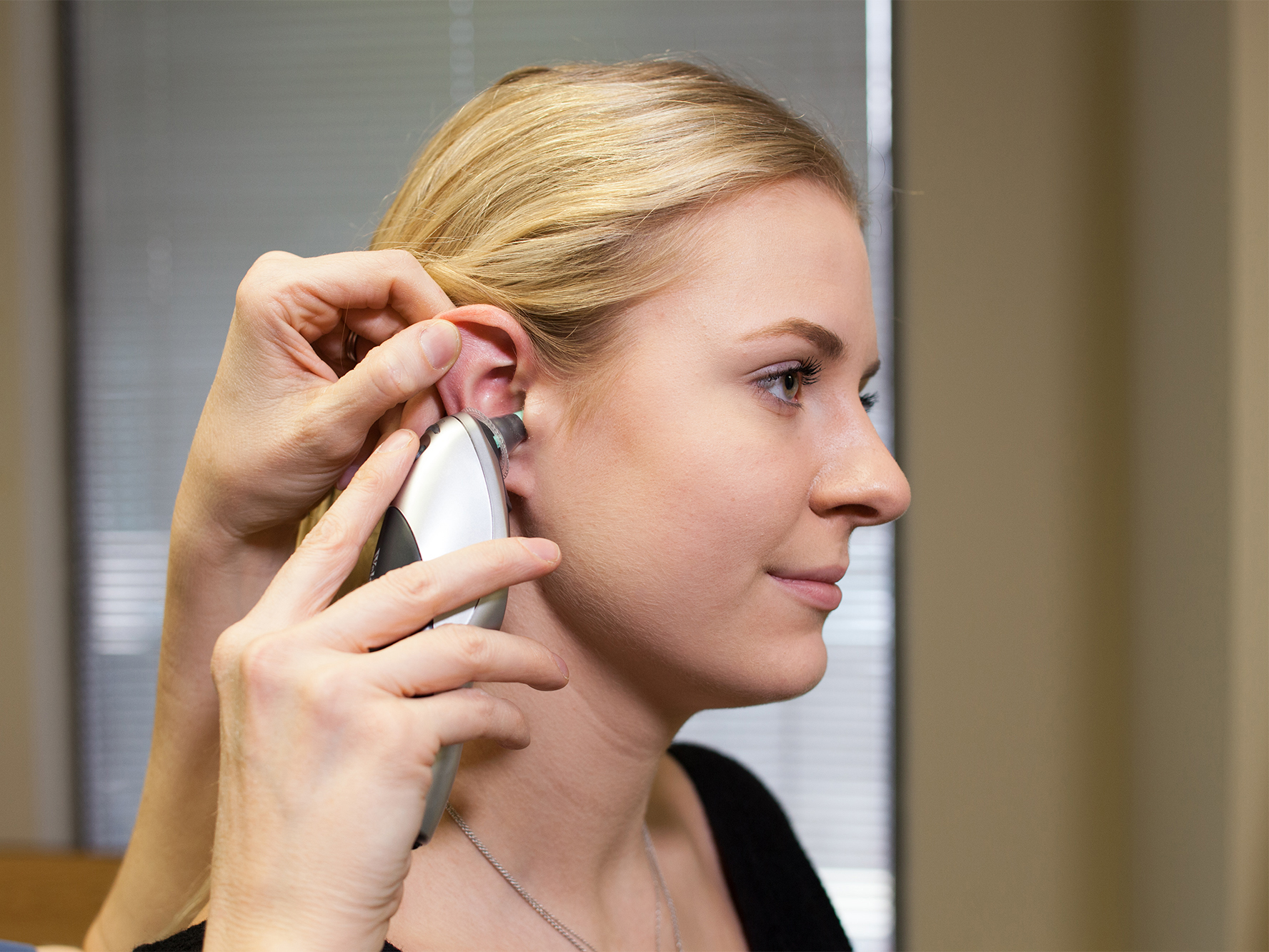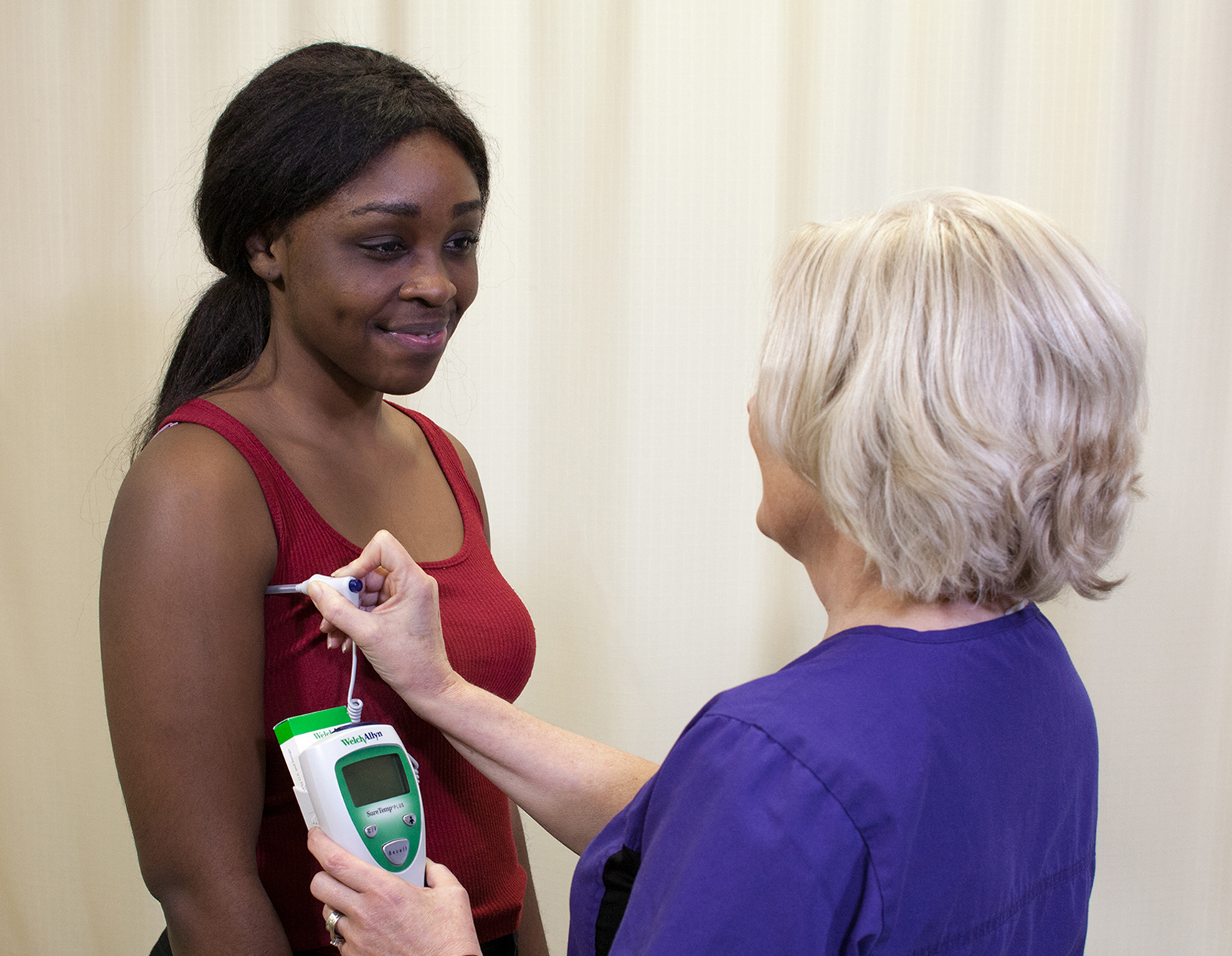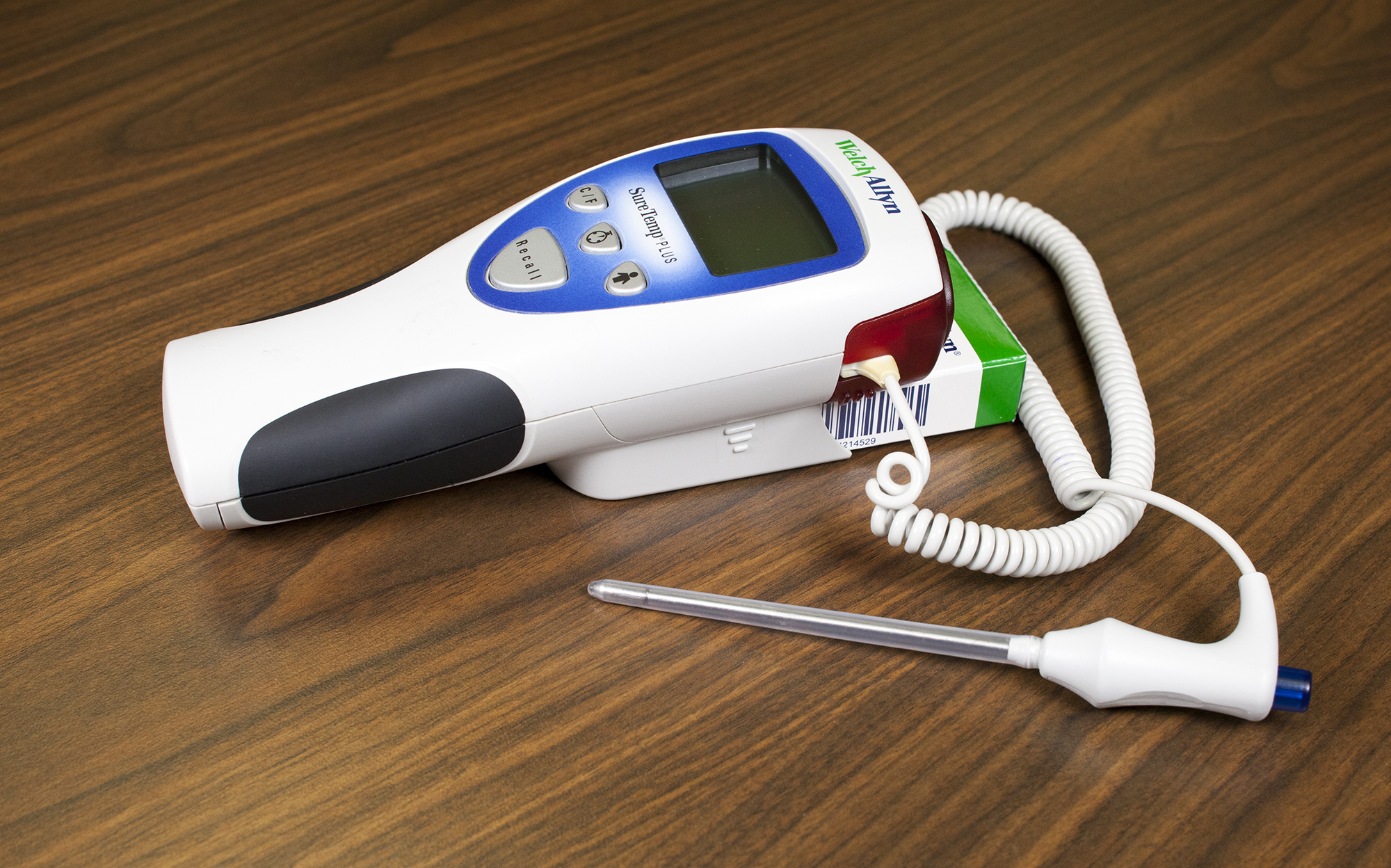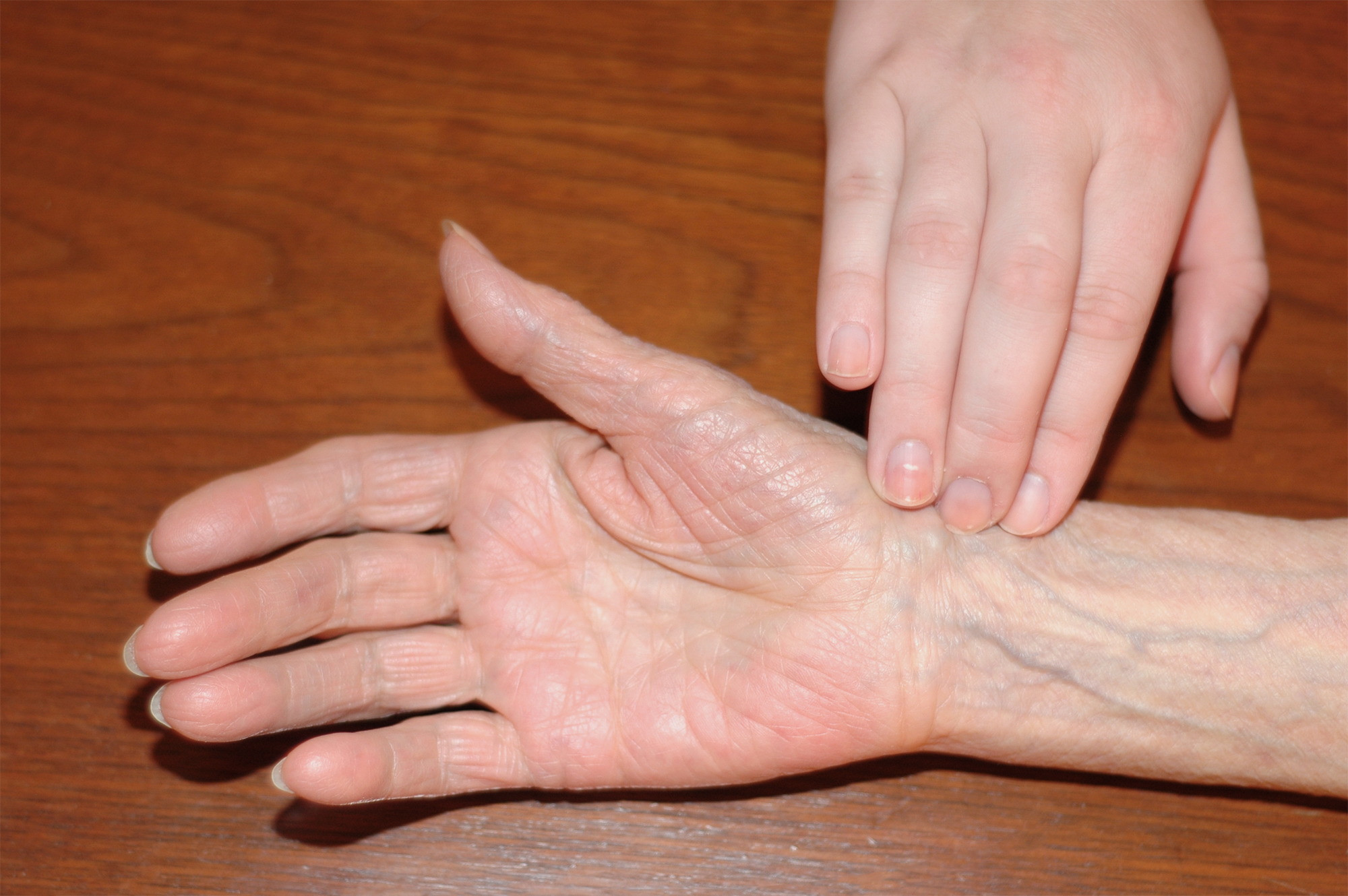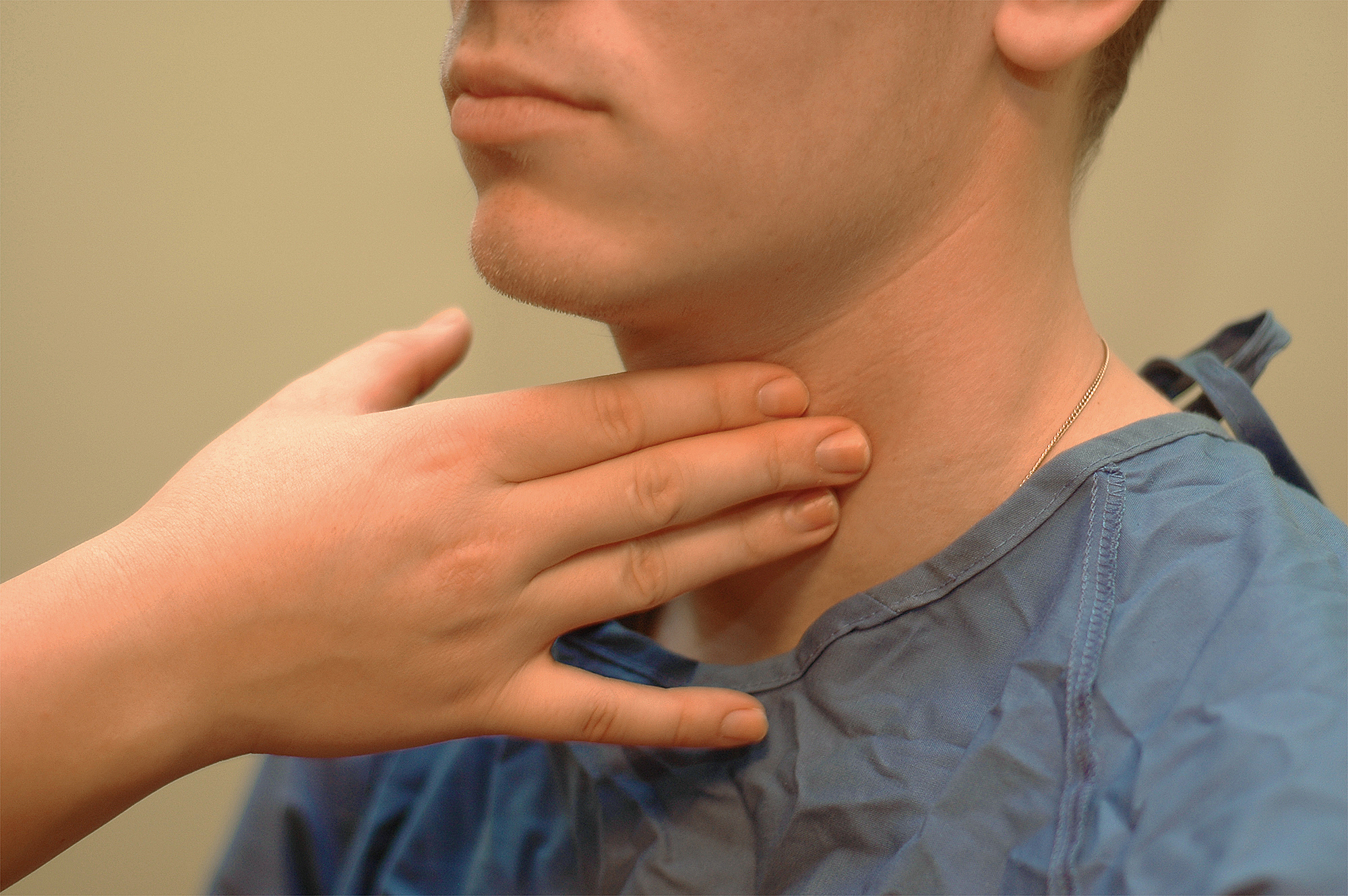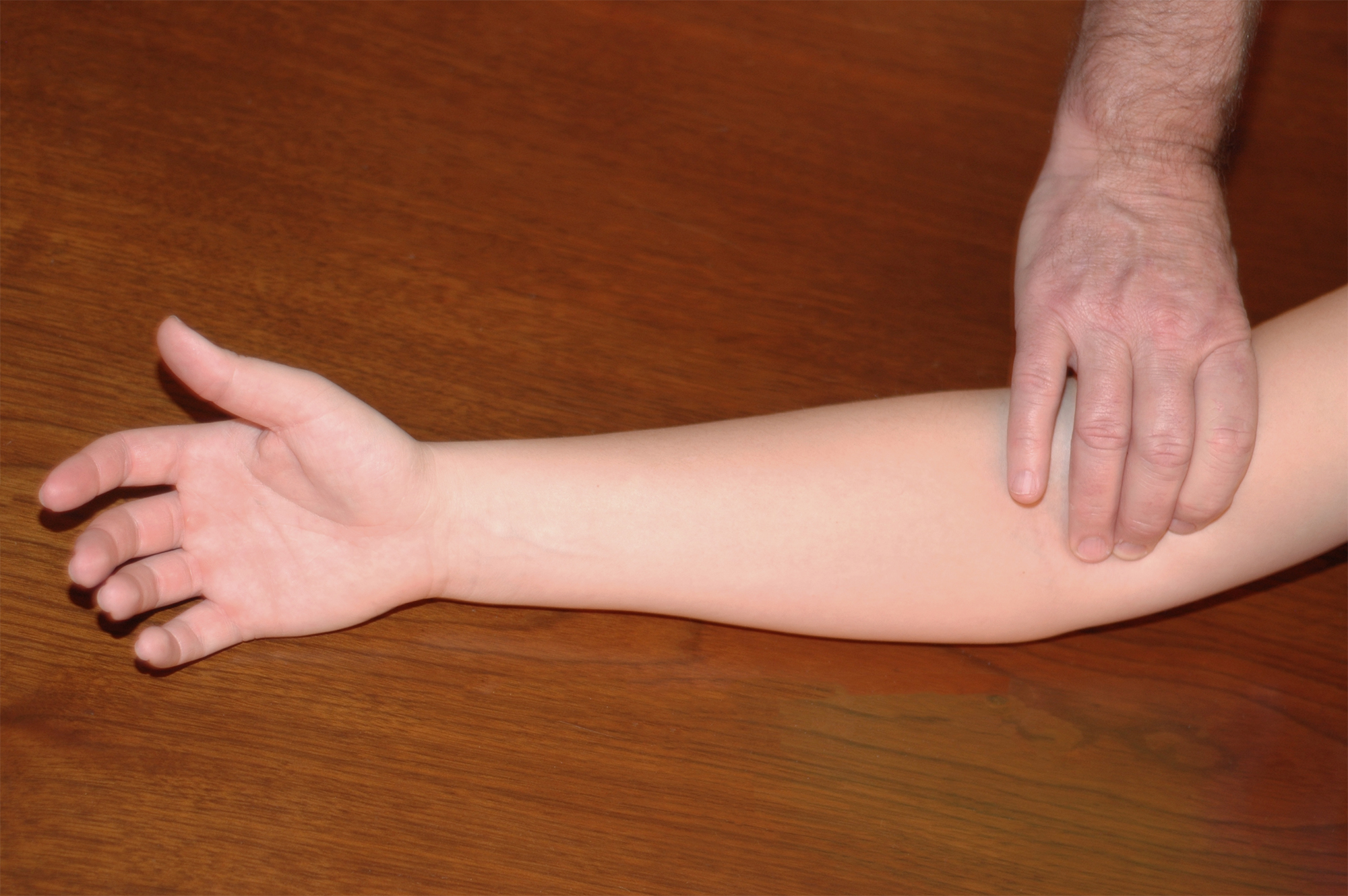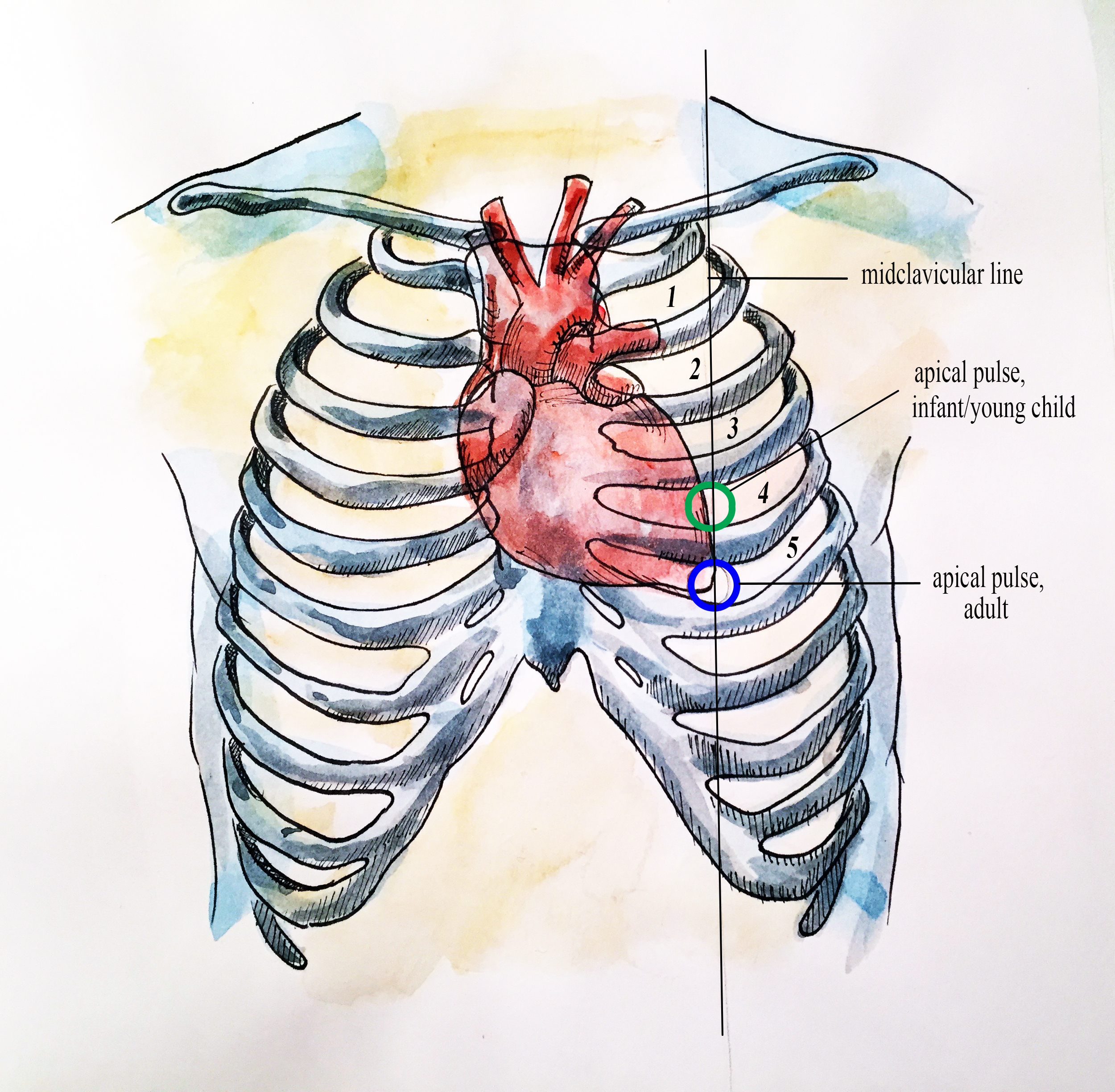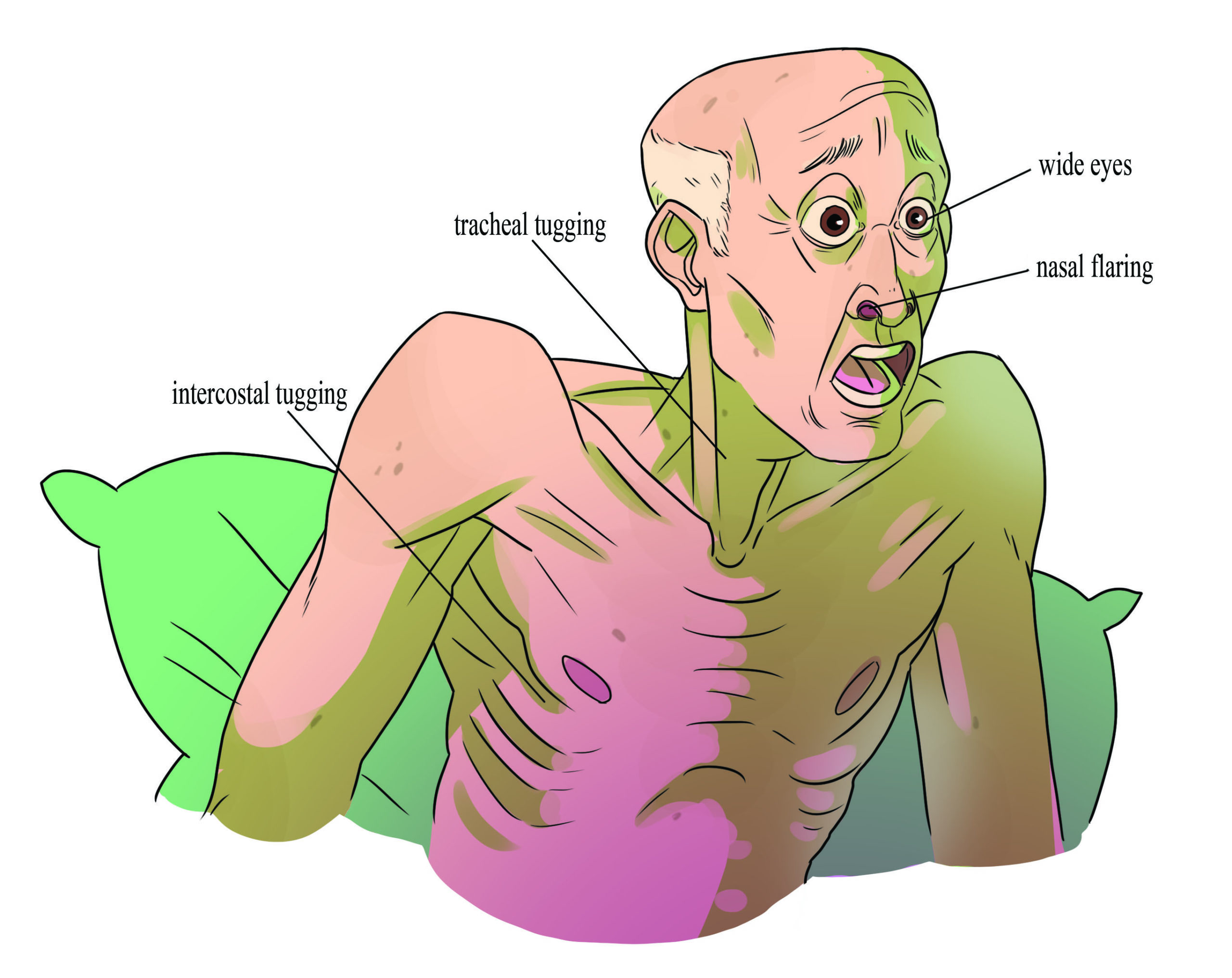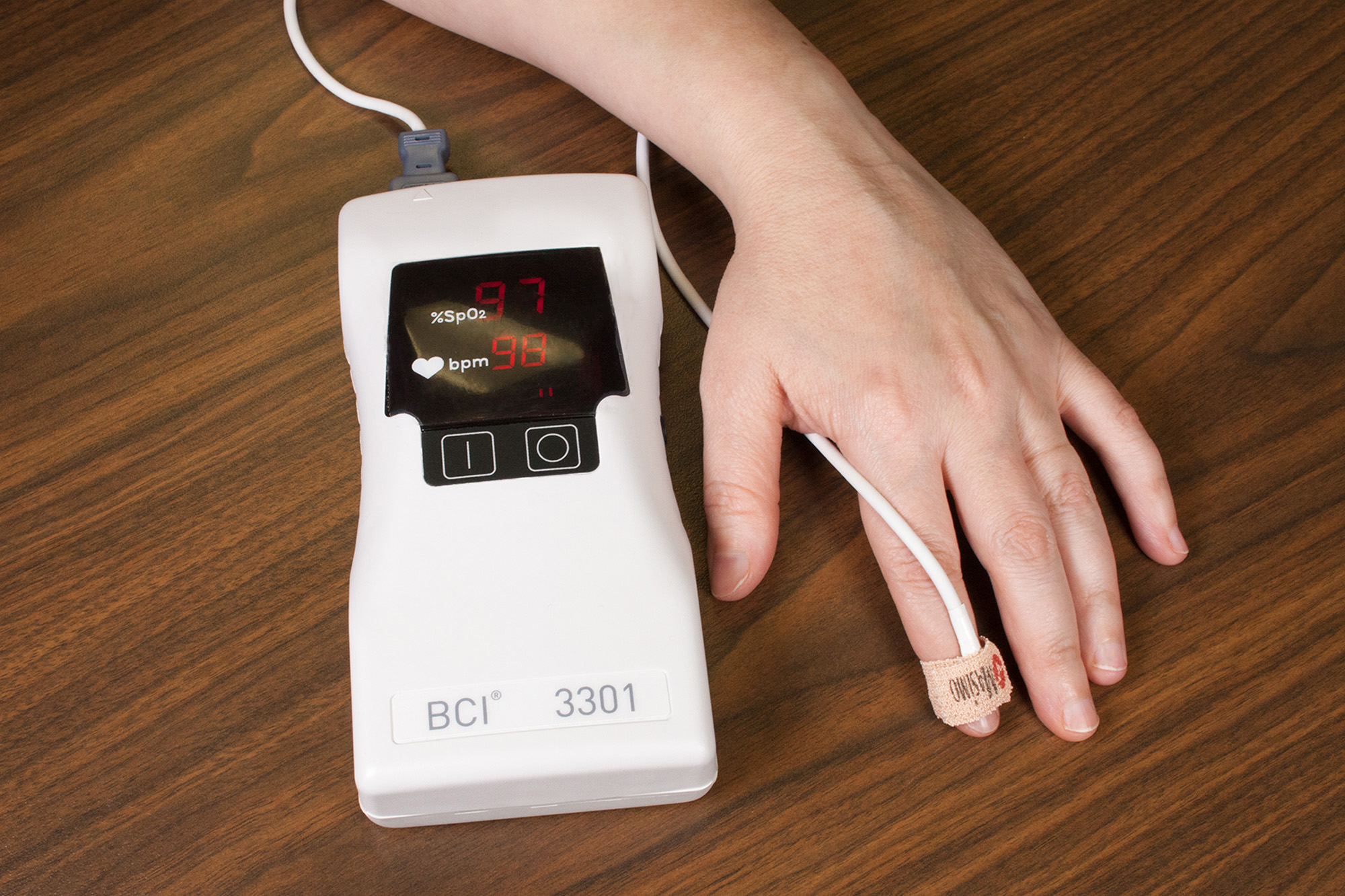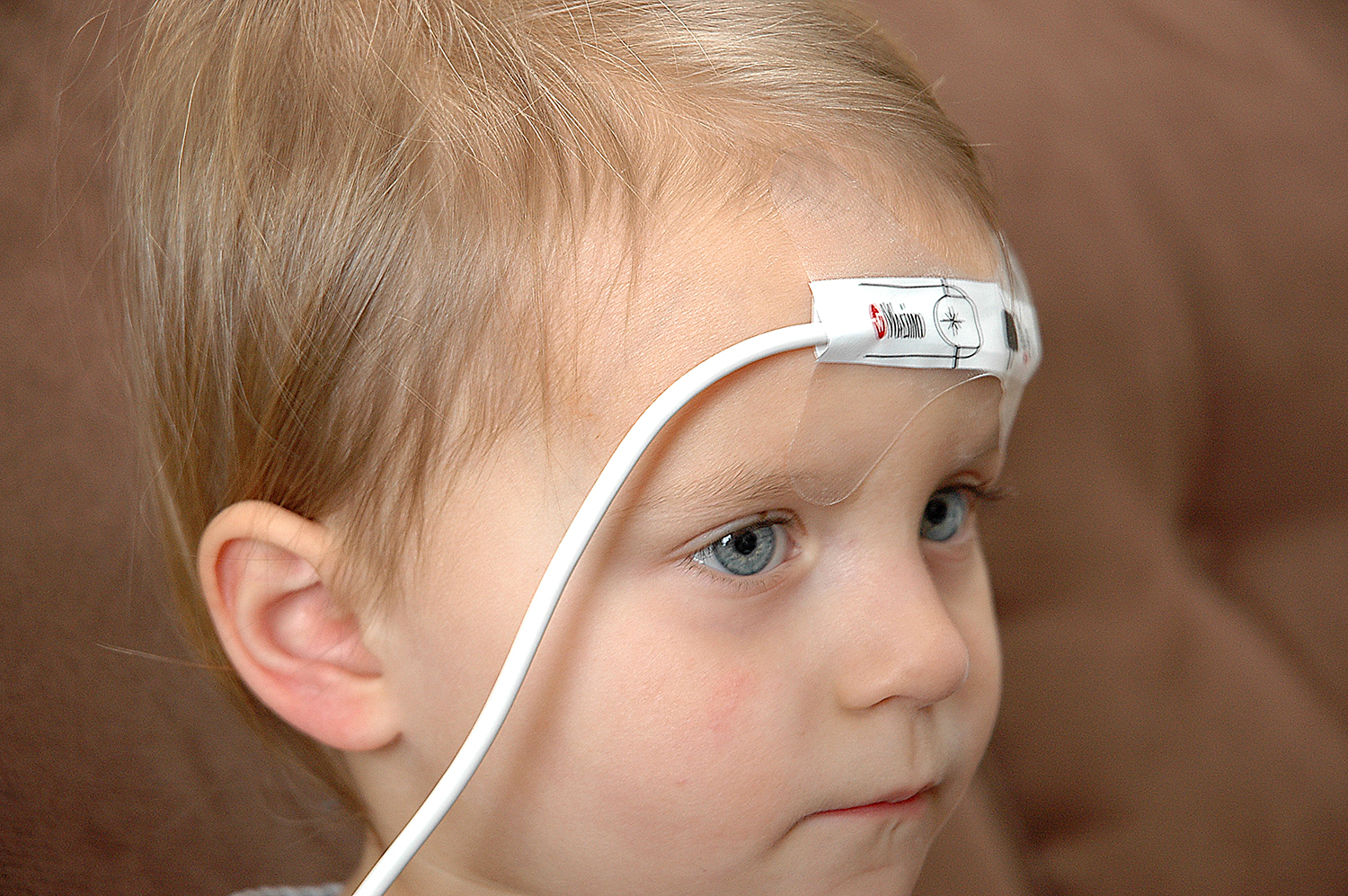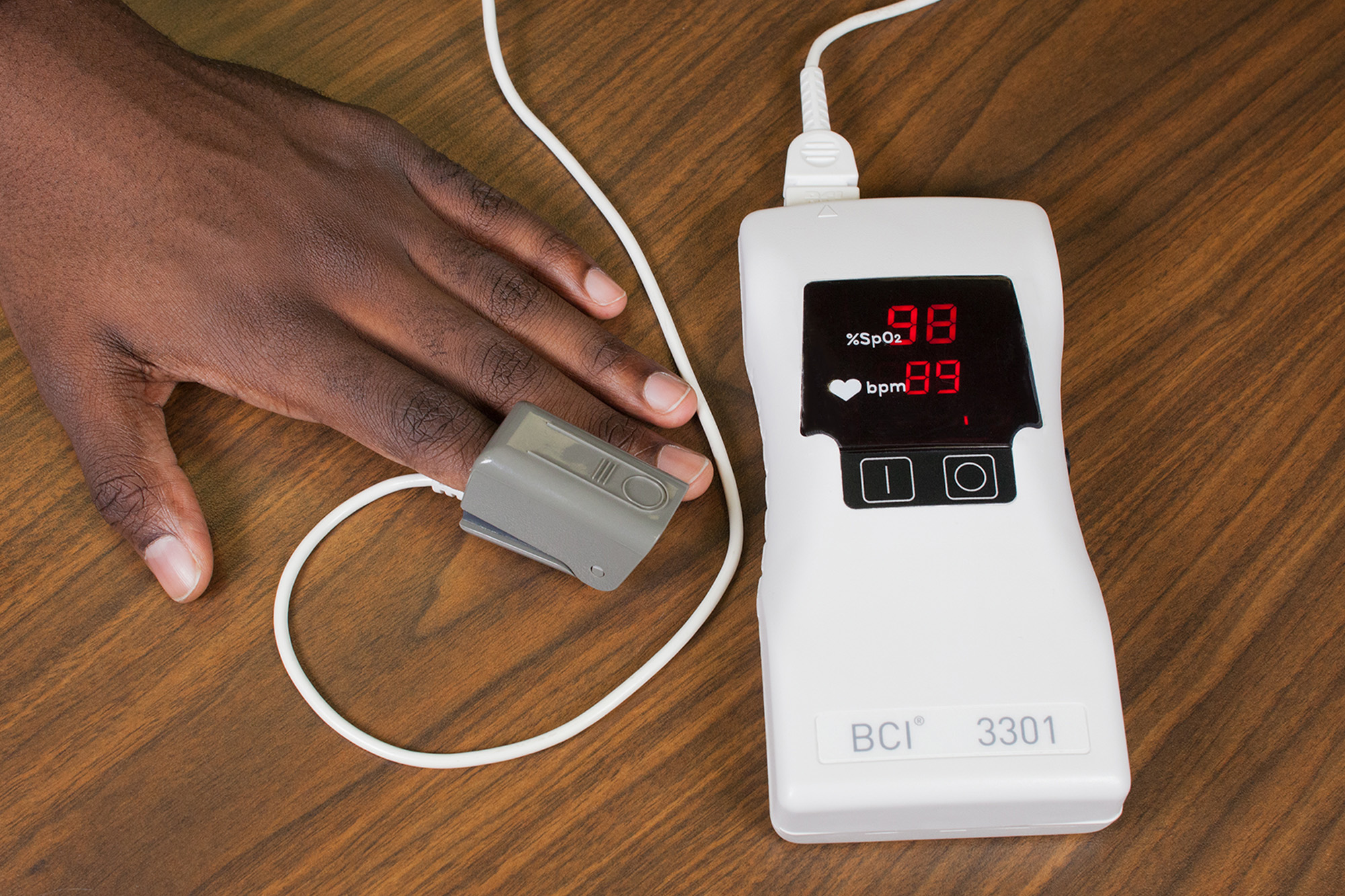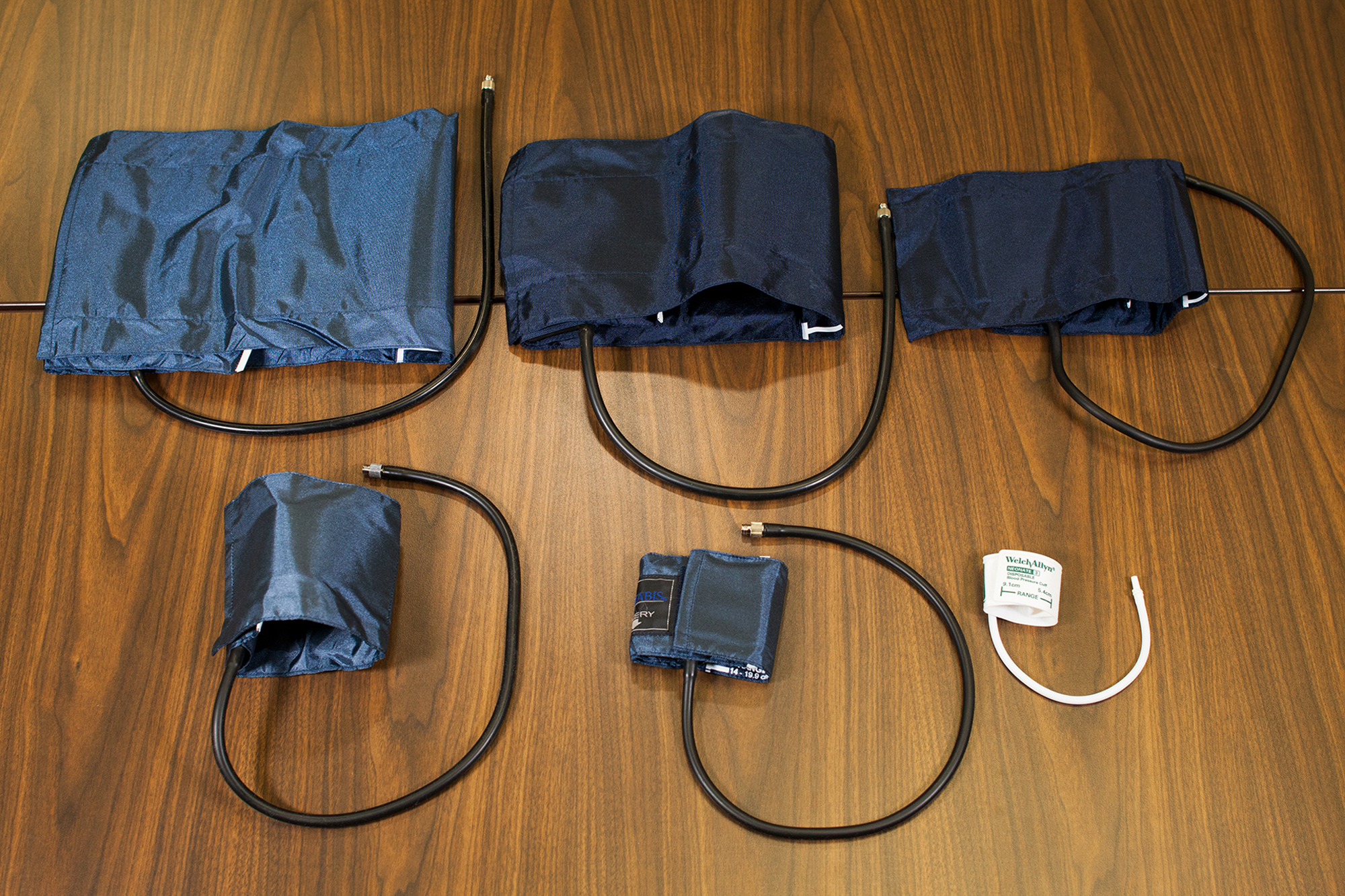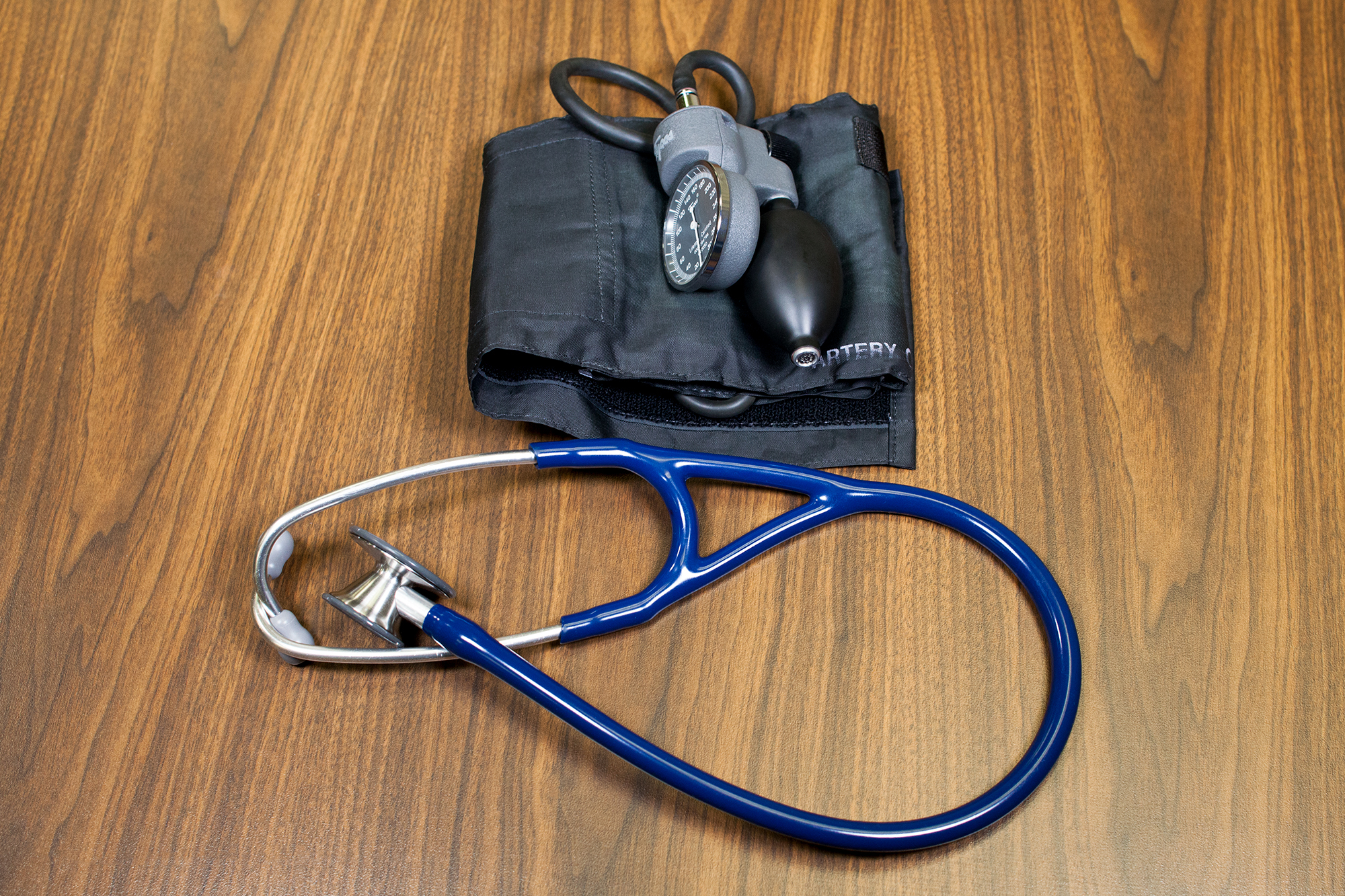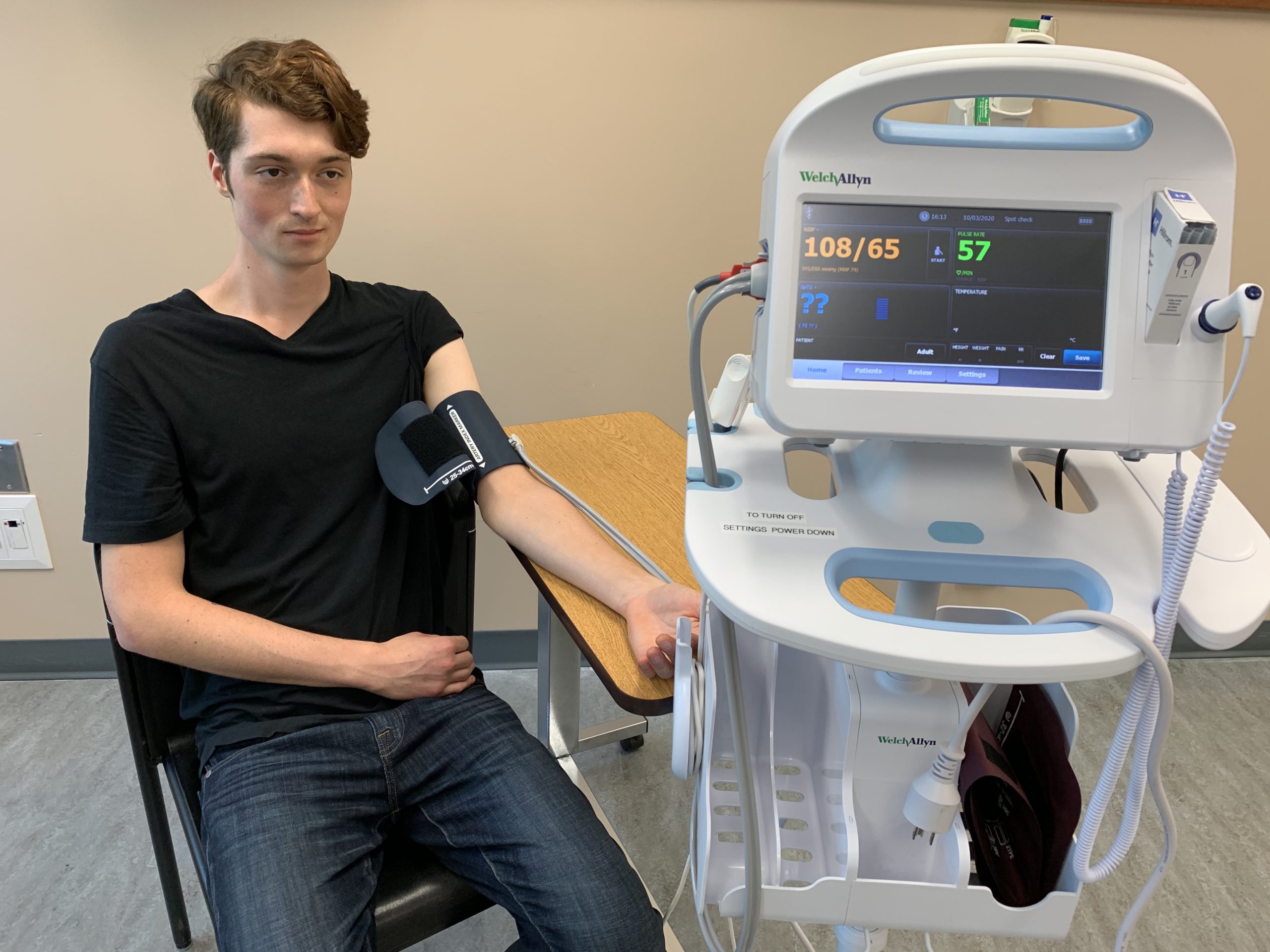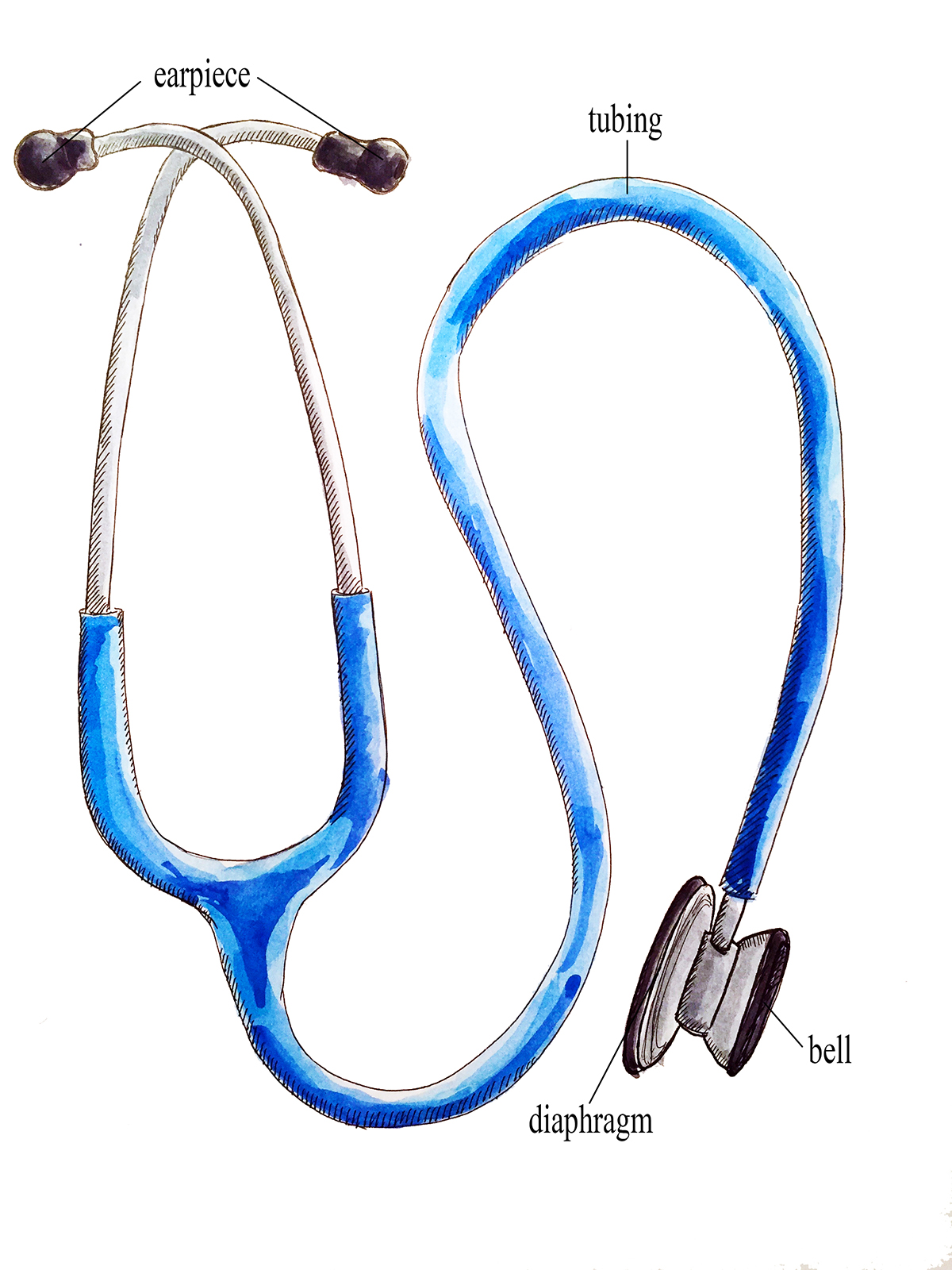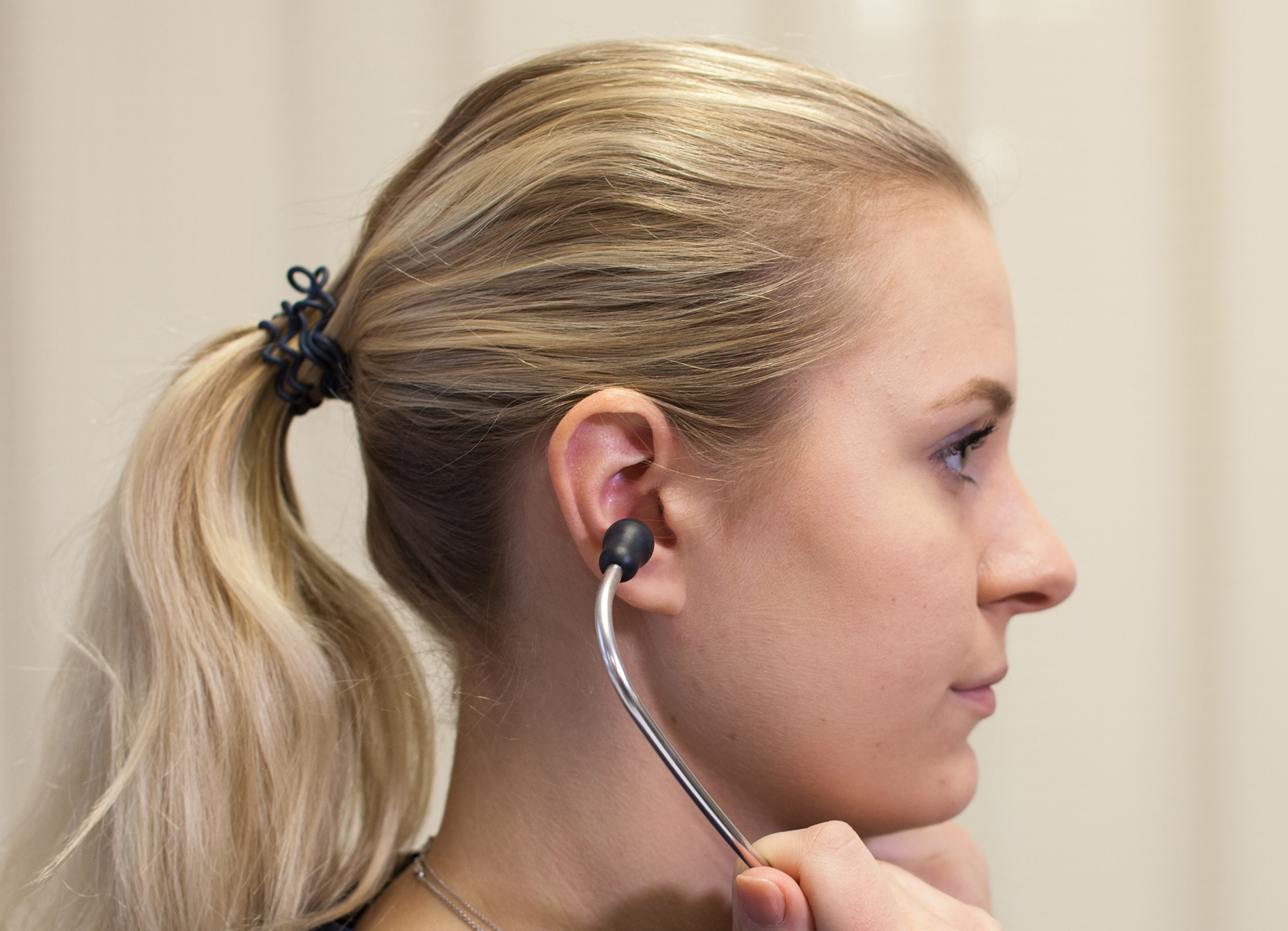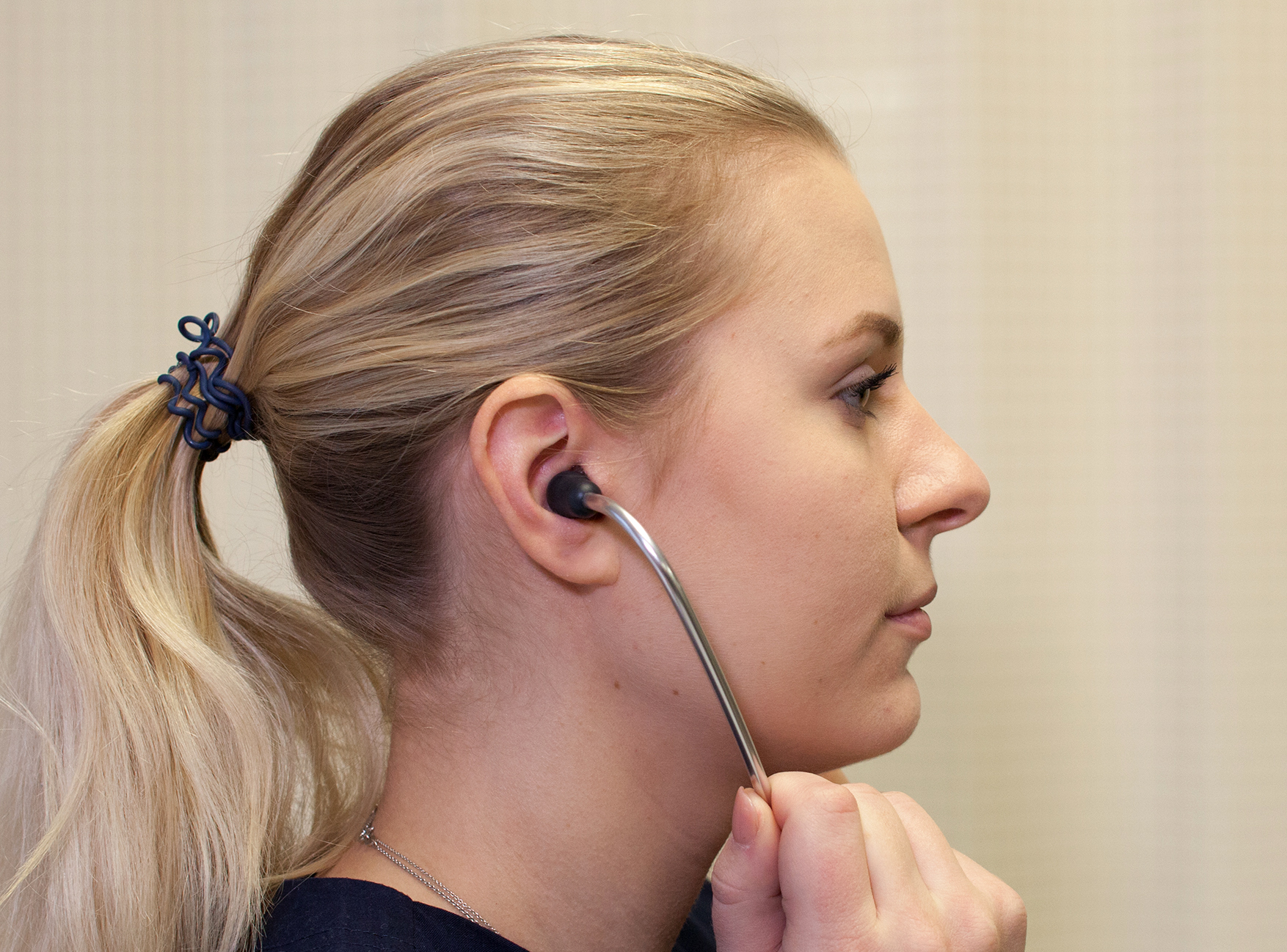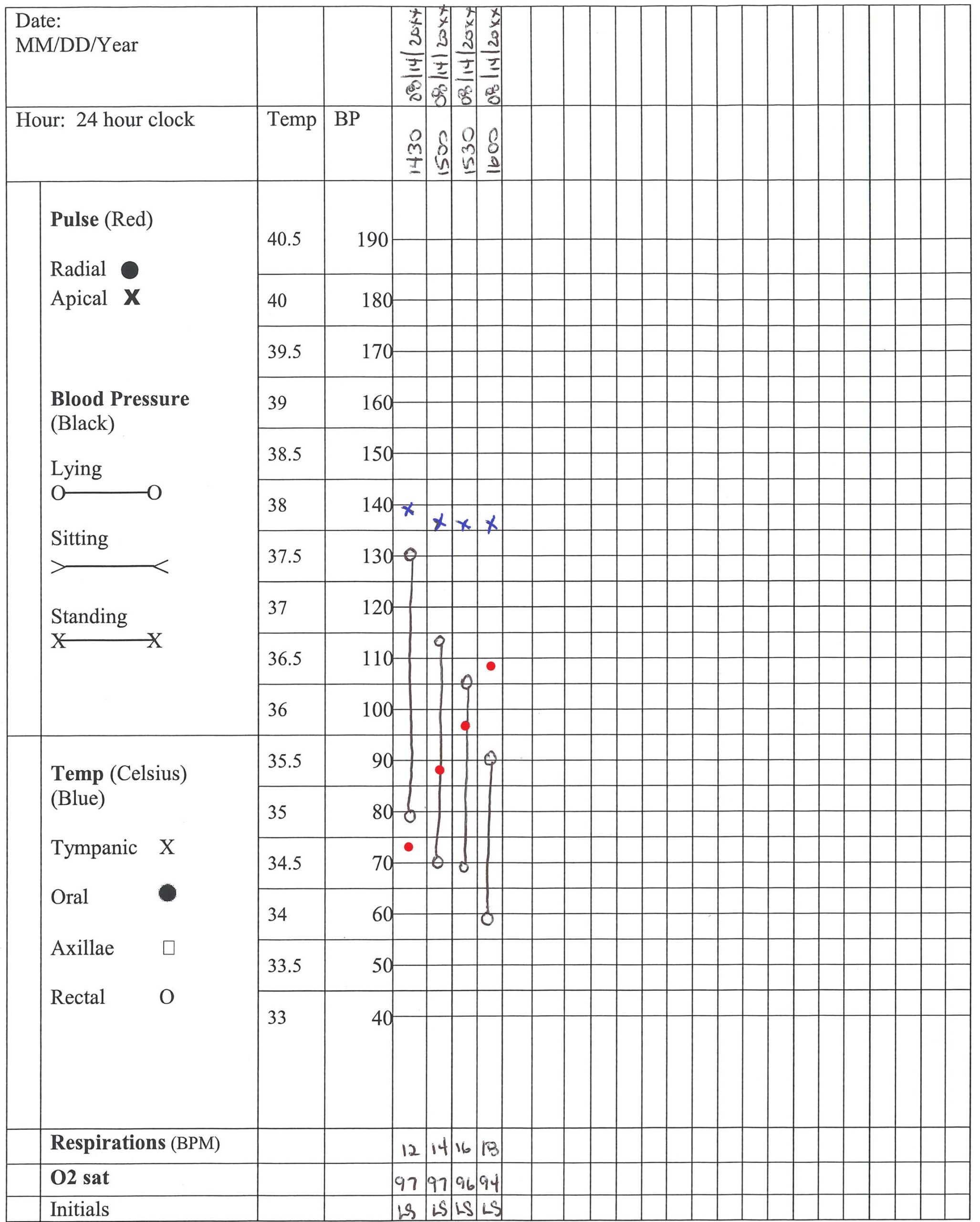Vital Sign Measurement Across the Lifespan - 2nd Canadian Edition by Jennifer L. Lapum, Margaret Verkuyl, Wendy Garcia, Oona St-Amant, and Andy Tan is licensed under a Creative Commons Attribution 4.0 International License, except where otherwise noted.
© 2021 Ryerson University
The CC licence permits you to retain, reuse, copy, redistribute, and revise this book—in whole or in part—for free providing the authors are attributed as follows:
- Anatomy and Physiology (OpenStax) by J. Gordon Betts, Kelly A. Young, James A. Wise, Eddie Johnson, Brandon Poe, Dean H. Kruse, Oksana Korol, Jody E. Johnson, Mark Womble, and Peter DeSaix, which is under a CC BY 4.0 Licence.
- Clinical Procedures for Safer Patient Care by Glynda Rees Doyle and Jodie Anita McCutcheon, which is under a CC BY 4.0 Licence.
More specific attribution information is provided at the end of each chapter section that includes adapted content.
The 2nd Canadian Edition of this textbook includes over 120 original H5P activities embedded throughout the text. These activities can be attributed as follows:
- “Title of H5P activity” by Kymberley Bontinen, Barbara Metcalf, Lee-Anne Stephen, Michelle Hughes, and Margaret Verkuyl is under a CC BY 4.0 Licence.
The 1st Canadian Edition can be accessed here: Vital Sign Measurement Across the Lifespan – 1st Canadian Edition
If you redistribute all or part of this book, it is recommended the following statement be added to the copyright page so readers can access the original book at no cost:
Sample APA-style citation:
This textbook can be referenced. In APA citation style (7th edition), it would appear as follows:
Cover image attribution:
Ebook ISBN: 978-1-77420-087-2
Print ISBN: 978-1-77420-086-5
Visit BCcampus Open Education to learn about open education in British Columbia.

